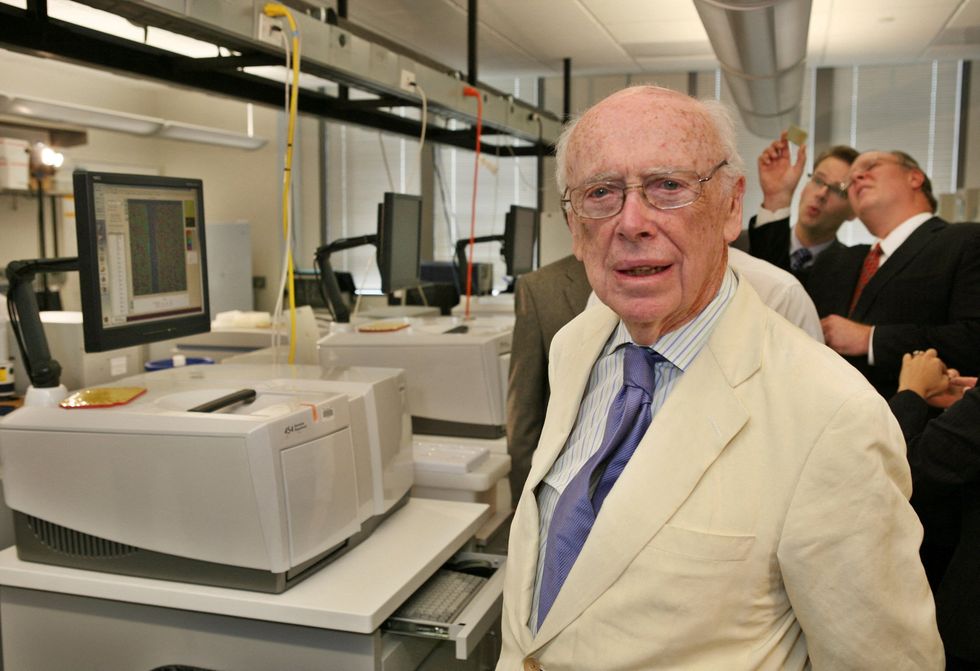DNA pioneer who received Nobel Prize dies aged 97

The biologist's death was confirmed by Cold Spring Harbour Laboratory on Long Island, New York
Don't Miss
Most Read
Trending on GB News
American biologist James D Watson, who co-discovered the structure of DNA, has died aged 97.
Mr Watson's death was confirmed by Cold Spring Harbour Laboratory on Long Island, New York, where he worked for many years.
The Chicago-born scientist shared a 1962 Nobel Prize with Francis Crick and Maurice Wilkins for their work in discovering DNA's double-helix structure in 1953.
Their finding paved the way genetic engineering, gene therapy and other DNA-based medicine and technology.
TRENDING
Stories
Videos
Your Say
In his later years, Mr Watson's reputation was tarnished by comments on genetics and race, which led to him being ostracised by the scientific community.
In 2007, he told The Times that he believed testing indicated the intelligence of Africans was "not really ... the same as ours".
Accused of promoting long-discredited racist theories, he was shortly afterwards forced to retire from his post as chancellor of New York's Cold Spring Harbour Laboratory (CSHL).
Though he later apologised, the biologist made similar comments in a 2019 documentary, calling different racial attainment on IQ tests, attributed by most scientists to environmental factors, "genetic".

James D Watson died aged 97
| REUTERSMr Watson, born on April 6, 1928, graduated from the University of Chicago in 1947 with a zoology degree.
He received his doctorate from Indiana University, where he focused on genetics.
In 1951, he joined the University of Cambridge's Cavendish Lab, where he met Mr Crick and began the quest for the structural chemistry of DNA.
The discovery of the double helix opened the doors to the genetics revolution.
LATEST DEVELOPMENTS:

The scientist shared a 1962 Nobel Prize for his work in the discovery of the structure of DNA
|PA
In the structure the scientists proposed, the steps of the winding staircase were made of pairs of chemicals called nucleotides or bases.
As they noted at the end of their 1953 paper, "It has not escaped our notice that the specific pairing we have postulated immediately suggests a possible copying mechanism for the genetic material".
That sentence, often called the greatest understatement in the history of biology, meant that the base-and-helix structure provided the mechanism by which genetic information can be precisely copied from one generation to the next.
That understanding led to the discovery of genetic engineering and numerous other DNA techniques.
Mr Watson and Mr Crick went their separate ways after their DNA research.
Mr Watson was only 25 years old then and while he never made another scientific discovery approaching the significance of the double helix, he remained a scientific force.
More From GB News











